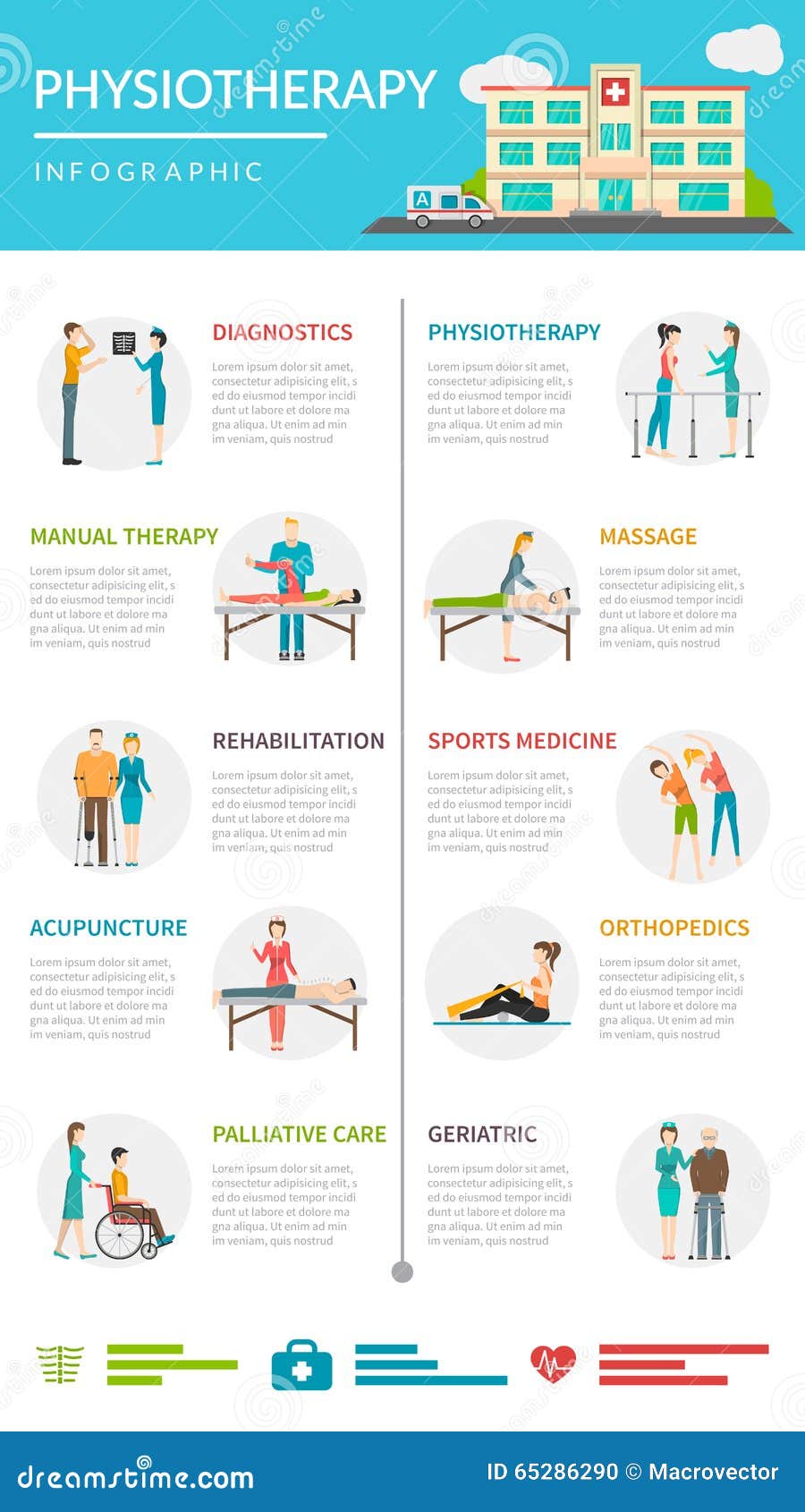A Beginner'S Overview To Understanding Cervical Back Makeup And Its Effect On Neck Pain
A Beginner'S Overview To Understanding Cervical Back Makeup And Its Effect On Neck Pain
Blog Article
Web Content Writer-Thestrup Mikkelsen
As you sit there, probably feeling an ache of discomfort in your neck, have you ever thought the elaborate frameworks that comprise your cervical back? Comprehending exactly how the vertebrae, discs, and nerves interact in this area can clarify why neck discomfort can be so relentless and incapacitating. By checking out the structures of cervical spinal column composition and its ramifications for neck discomfort, you may uncover insights that might help you much better handle or even prevent those irritating pains and tightness.
Importance of Cervical Spinal Column Composition
Comprehending the significance of cervical spinal column makeup is critical in understanding the complexities of neck pain. The cervical spinal column, made up of 7 vertebrae, plays an important duty in supporting the head's weight and assisting in activity. It houses the spine, which transmits messages between the mind and the rest of the body. In back pain when lying down , the cervical spine secures these fragile nerves and supplies architectural stability to the neck region.
Furthermore, the cervical back enables a vast array of activity, enabling you to turn your head, tilt it laterally, and nod up and down. Each vertebra has specific functions and features that contribute to the overall flexibility and security of the neck. Comprehending the anatomy of the cervical spinal column can help you realize exactly how injuries or degenerative problems in this region can result in neck pain and associated signs and symptoms.
Parts of the Cervical Back
When checking out the parts of the cervical spinal column, it becomes evident that its structure contains 7 vertebrae, identified C1 to C7, piled on top of each other. These vertebrae are essential as they offer support to the head and allow for a wide variety of movement in the neck.
The upper vertebra, C1, likewise known as the atlas, supports the head and makes it possible for the nodding movement of the head. Directly under C1 is the C2 vertebra, known as the axis, which permits the rotation of the head from side to side.
Relocating down the cervical spinal column, each vertebra plays an important duty in maintaining the back's adaptability and security. Between each vertebra are intervertebral discs that work as pillows, absorbing shock and stopping the vertebrae from scrubing against each other.
Comprehending the components of the cervical back is essential in comprehending just how the spine functions and its potential impact on neck pain.
Partnership Between Spinal Column and Neck Pain
The connection in between the back and neck discomfort is a crucial aspect of recognizing bone and joint discomfort. Your back, especially the cervical region, plays a considerable function in sustaining your head and allowing for numerous movements. When there's Continue Reading in the spine, such as a herniated disc or imbalance, it can directly affect the surrounding tissues and nerves, causing neck pain. Poor position, injuries, and degenerative conditions can all contribute to spine-related neck pain.
It's important to recognize that the spinal column and neck function as a cohesive system. Any kind of irregularities or inequalities in the spine can cause stress on the neck muscle mass and ligaments, causing pain and rigidity.
Conclusion
Since you have a standard understanding of cervical spinal column makeup and its link to neck pain, you can better appreciate the complexities of your own neck pain. Keep in mind, the wellness of your cervical spine plays a crucial duty in sustaining your head and promoting motion, so it is essential to look after it with correct stance, workout, and normal exams with a health care expert. Stay notified and read article about your spine wellness to prevent and manage neck discomfort properly.
